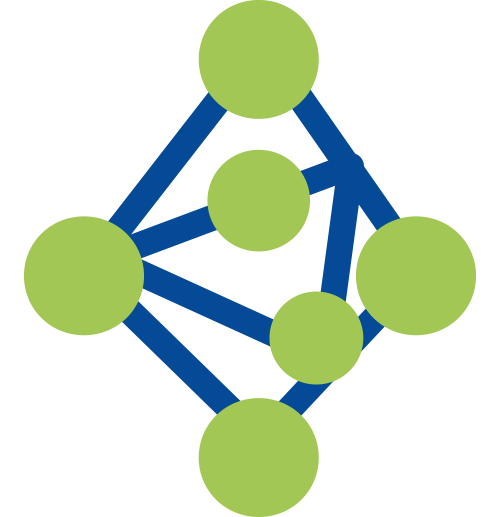2025. 08NGS
Comparative evaluation of DNA and RNA probes for capture-based mitochondrial DNA next-generation sequencing
Tianlei Sun, Shengjing Li, Yang Liu, Kaixiang Zhou, Jiamin Wang, Zhangwen Lei, Xu Guo, Jinliang Xing & Wenjie Guo
阅读全文
ABSTRACT
Background
Probe-based liquid-phase hybridization capture is a powerful and commonly used approach for next-generation sequencing (NGS) of mitochondrial DNA (mtDNA). However, the performance difference between DNA and RNA probe-based capture strategies for mtDNA NGS remains to be determined, leading to the irrational interchangeable use in numerous studies.
Results
We custom-designed DNA and RNA probes targeting the double-stranded mtDNA and optimized their hybridization conditions for capture-based mtDNA NGS in fresh tissue and plasma samples. Under optimal conditions, we systematically compared the performance of DNA and RNA probes in mtDNA detection. RNA probes demonstrated superior mtDNA enrichment efficiency, characterized by higher mtDNA mapping rates and greater average mtDNA depth per gigabyte of sequencing data. However, DNA probes were more effective at reducing artifacts caused by nuclear mitochondrial DNA segments (NUMTs) in mtDNA mutation detection at both the read and mutation levels. Additionally, RNA probes captured a broader fragment size distribution and higher prevalence of longer fragments in plasma cell-free mtDNA.
Conclusions
The systematic evaluation of DNA and RNA probes in capture-based mtDNA NGS provides valuable insights into their performance differences. These findings advocate for informed probe selection tailored to the specific experimental and clinical needs, ultimately advancing the field of mtDNA characterization and its applications in genomics and diagnostics.
 NGS杂交捕获DNA探针 人全外显子组探针4.0肿瘤版 人全外显子组探针4.0核心版 QuarStar 94基因泛肿瘤Panel 3.0 QuarStar 176基因泛肿瘤Panel 3.0 QuarStar 227基因融合Panel 1.0 QuarStar 515基因泛肿瘤Panel 1.0 杂交捕获RNA探针 人全外显子组探针3.0 HRD panel 建库试剂 DNA建库试剂盒 片段化试剂 磁珠法捕获mRNA试剂盒 rRNA去除试剂盒 QuarPro T4连接酶 杂交捕获试剂 DNA探针快速杂交捕获试剂 DNA探针杂交捕获试剂V2版 DNA探针杂交捕获试剂 RNA探针一管式过夜杂交试剂 RNA探针快速杂交捕获试剂 接头体系 封闭液系统 扩增子NGS BRCA超多重引物 超多重PCR试剂盒2.0 PathoSeq 450病原库 配套试剂 链霉亲和素磁珠 设备与软件 iQuars 50自动化工作站
NGS杂交捕获DNA探针 人全外显子组探针4.0肿瘤版 人全外显子组探针4.0核心版 QuarStar 94基因泛肿瘤Panel 3.0 QuarStar 176基因泛肿瘤Panel 3.0 QuarStar 227基因融合Panel 1.0 QuarStar 515基因泛肿瘤Panel 1.0 杂交捕获RNA探针 人全外显子组探针3.0 HRD panel 建库试剂 DNA建库试剂盒 片段化试剂 磁珠法捕获mRNA试剂盒 rRNA去除试剂盒 QuarPro T4连接酶 杂交捕获试剂 DNA探针快速杂交捕获试剂 DNA探针杂交捕获试剂V2版 DNA探针杂交捕获试剂 RNA探针一管式过夜杂交试剂 RNA探针快速杂交捕获试剂 接头体系 封闭液系统 扩增子NGS BRCA超多重引物 超多重PCR试剂盒2.0 PathoSeq 450病原库 配套试剂 链霉亲和素磁珠 设备与软件 iQuars 50自动化工作站 RNA合成sgRNA miRNA siRNA
RNA合成sgRNA miRNA siRNA



 引物与探针
引物与探针 基因合成
基因合成 寡核苷酸池
寡核苷酸池 CRISPR sgRNA定制文库
CRISPR sgRNA定制文库 抗体库
抗体库 突变体库
突变体库


 电话:400-017-9077
电话:400-017-9077 地址:上海市闵行区光华路248号5号楼2楼
地址:上海市闵行区光华路248号5号楼2楼 邮箱:
邮箱:







